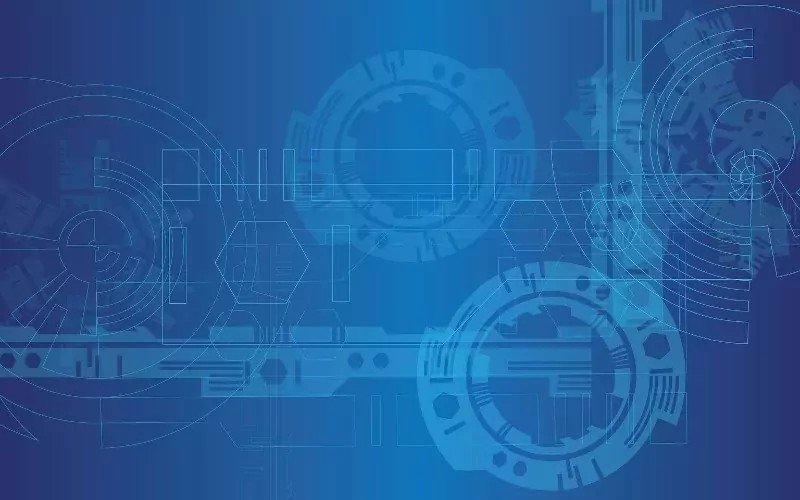Technological innovations in healthcare are accelerating, promising to transform patient care. Key advancements include 3D printing and diagnostic tools, showcasing the potential to enhance efficiency and outcomes.
With groundbreaking developments like 3D-printed surgical aids and smartphone-enabled diagnostics, the healthcare sector is on the brink of a significant evolution. Insights from recent conferences highlight the tangible impacts of these technologies in enhancing medical practices.
Revolutionary 3D Printed Implants
Healthcare is witnessing a transformation with the advent of 3D printing, particularly in surgical preparation. At a recent conference, experts showcased 3D-printed silicon body parts, which surgeons use to rehearse and refine procedures, enhancing precision and patient outcomes. This technology is not just theoretical; it’s practical and being utilised in surgeries across various specialisations, marking a significant leap forward in medical science.
Endoscope-i: A New Era in Diagnostics
Among the novel technologies presented was endoscope-i, a device transforming diagnostic capabilities. This device captures images within the ear and transmits them to a smartphone, allowing for quick, accurate assessment by healthcare professionals, even in remote locations. Such innovations are crucial in extending quality healthcare to underserved areas, bridging the gap in medical services and support.
Endoscope-i represents a shift towards integration of consumer technology in professional settings, leveraging smartphone ubiquity to enhance medical diagnostics. This convergence of tech and healthcare offers a promising outlook for future medical practices.
Insights from Healthcare Professionals
The ‘Transforming Healthcare through Technology’ event gathered key industry professionals, who expressed optimism about the future of healthcare innovation. Their insights highlighted the crucial role of technological tools in improving service delivery and patient care, underscoring a sector on the brink of rapid evolution.
Healthcare experts at the event stressed the importance of collaborative innovation, where stakeholders work together to develop solutions. This approach ensures that the technology not only serves medical professionals but also addresses patient needs effectively.
The conference, supported by NorthEdge and the Lancashire and South Cumbria Digital Health Board, illustrated the synergies between technology developers and healthcare providers. It served as a platform to demonstrate how these partnerships contribute to enhancing healthcare accessibility and efficiency.
Technological Advancements Boosting Healthcare Efficiency
As the healthcare sector embraces technological advancements, the focus is on improving system efficiency and patient outcomes. From data management to surgical procedures, technology’s role is pivotal. Innovations like artificial intelligence and data analytics are being harnessed to streamline operations and improve decision-making processes.
Efficiency in healthcare not only depends on the technology itself but also on the integration into existing workflows. Ensuring seamless adoption is as critical as the technology’s capabilities, as it determines the ease with which healthcare providers can elevate their service delivery.
Challenges in Technological Integration
While the benefits of technology in healthcare are undeniable, integration comes with its set of challenges. Ensuring data security and patient privacy remains paramount as digital tools become commonplace in medical settings.
Overcoming resistance to change within the healthcare system is crucial. Training and education of healthcare providers on new technologies ensure that these innovations are not just adopted but are utilised to their full potential, enhancing care delivery. This requires a concerted effort from both technology firms and healthcare administrations.
The Future Outlook
The integration of technology in healthcare signals a promising future, paving the way for more personalised and efficient patient care. With continuous innovations, the sector is moving towards a model that prioritises accessibility and cost-efficiency.
Future developments in health technology are expected to focus on improving real-time data monitoring and predictive analytics. These areas hold the potential to revolutionise patient management, providing healthcare providers with tools to anticipate and address health issues proactively.
Conclusion and Final Thoughts
The journey of integrating technology in healthcare is ongoing, with significant strides being made in several areas. 3D printing and diagnostic tools like endoscope-i are just the beginnings of what promises to be a transformative era for healthcare.
The continued collaboration between tech developers and healthcare professionals is key to realising the full potential of these innovations, ensuring that technology truly enhances healthcare delivery and patient experience.
As technology becomes increasingly embedded in healthcare, the sector is poised for unprecedented growth. These innovations are not simply enhancing existing practices but creating new paradigms of patient care.
The future of healthcare lies in the seamless integration of technology, ensuring improved access and better health outcomes for all. The journey, though challenging, is full of promise.


